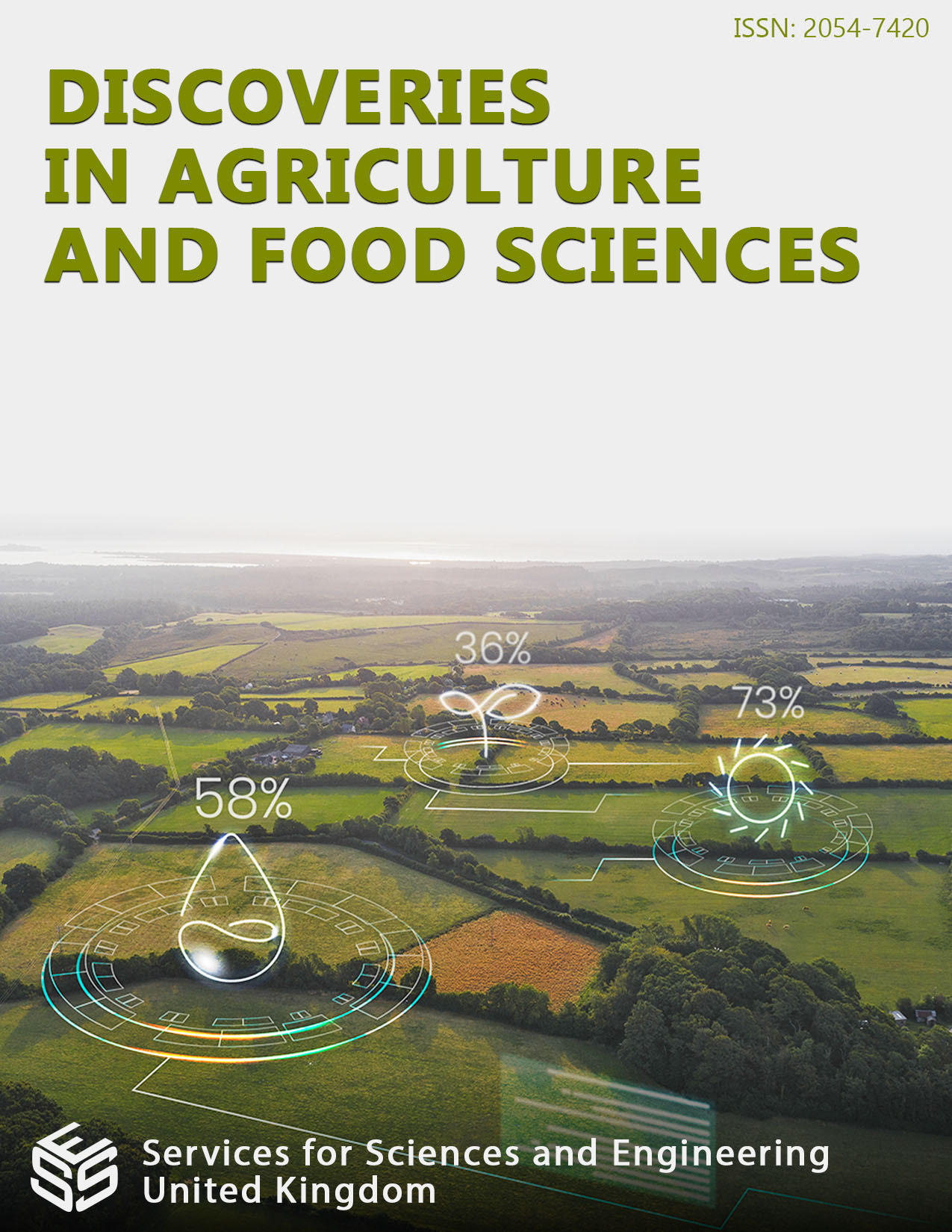Supply Side Deficiency and Policy Direction for Enhancing Food and Nutrition Security in the United States
DOI:
https://doi.org/10.14738/tnc.125.17655Keywords:
Food and nutrition security, Small farms, Healthy food, Crop insurance, Agricultural Programs, Agricultural subsidesAbstract
The U.S. government has put enormous resources into improving food and nutrition security. In the past twenty years, Federal spending on food and nutrition programs increased steadily and it reached a historical level of $166.4 billion in 2023. However, the outcomes of those efforts fell far short of the public’s expectation [1]. About 13.8% of American households were troubled by food and nutrition insecurity and adults and adolescent obesity has emerged as a serious public health concern. The US healthcare costs totaled $4.5 trillion in 2023, an average of $13,493 per capita, which, if not all, were largely tied to diet-related diseases. Drawing on the rich literature, government reports, and various data sources, this investigation identified some crucial issues less addressed in the discussion of food and nutrition security. Focused on the supply side, the study found that an array of deficiencies associated with imbalanced healthy food production, small farms, marketing channels, the Federal farming subsidies programs, and the provision of nutrient-dense food at the U.S. restaurant. Strategic solutions and policy directions were suggested for reinvigorating the supply of nutrient-dense and healthy food products through the lens of tailoring to the needs and benefits of small fruit and vegetable producers.
Downloads
Published
How to Cite
Issue
Section
License
Copyright (c) 2024 Xuanli Liu

This work is licensed under a Creative Commons Attribution 4.0 International License.






